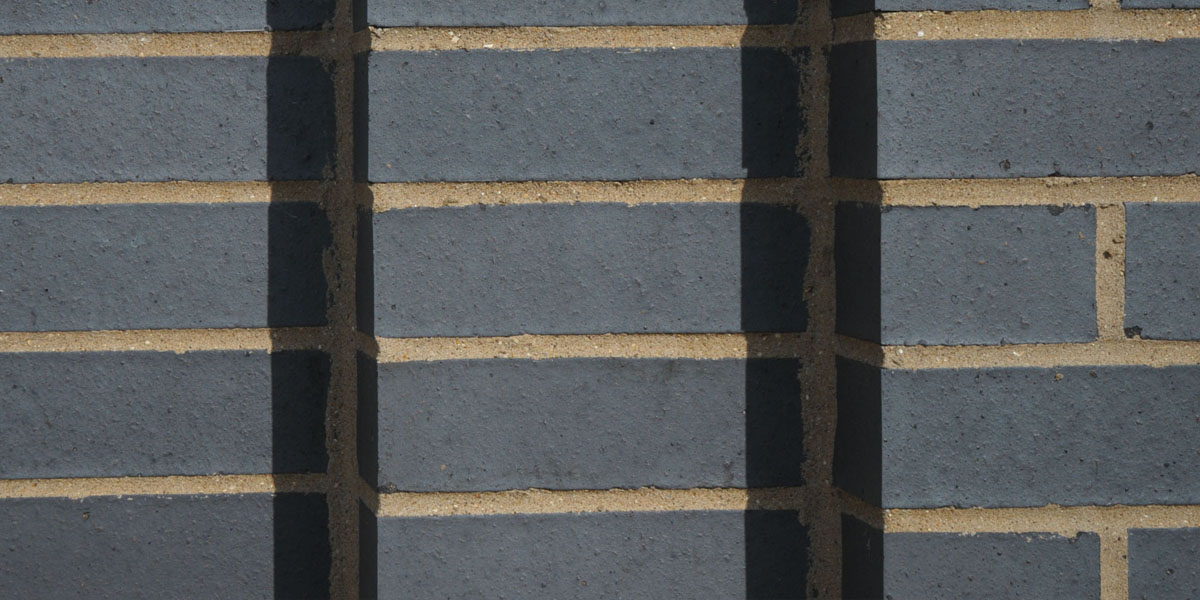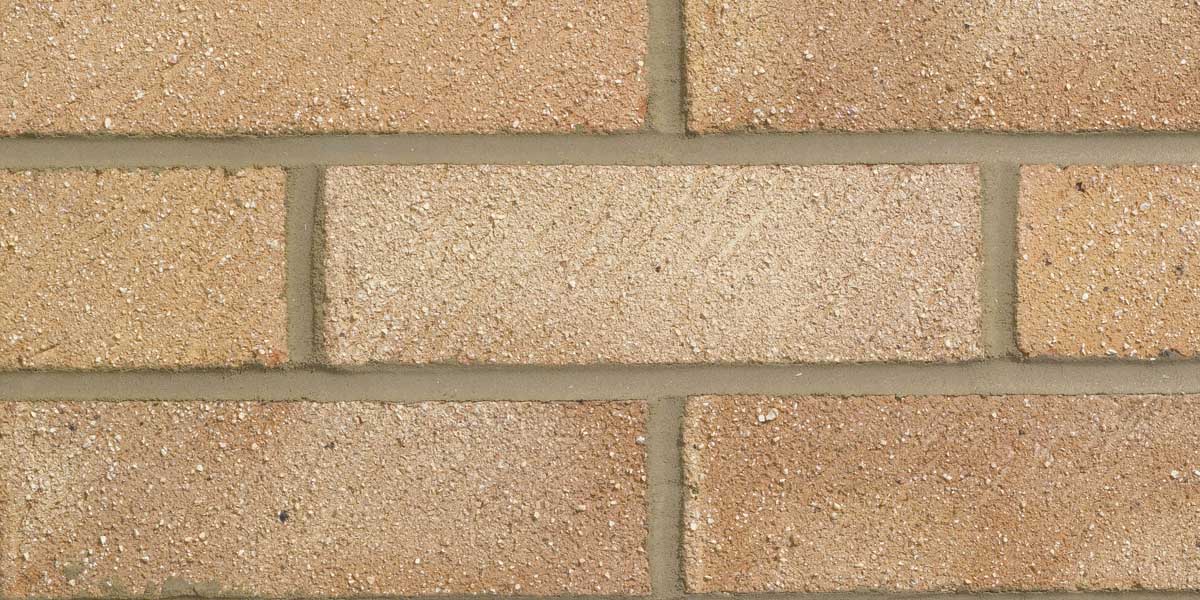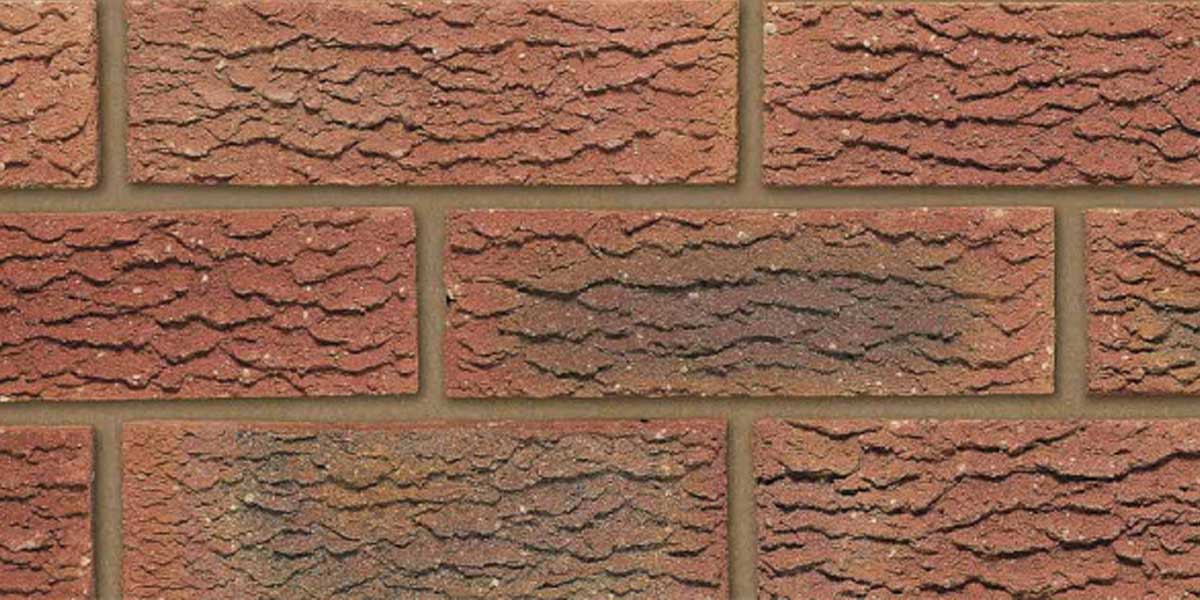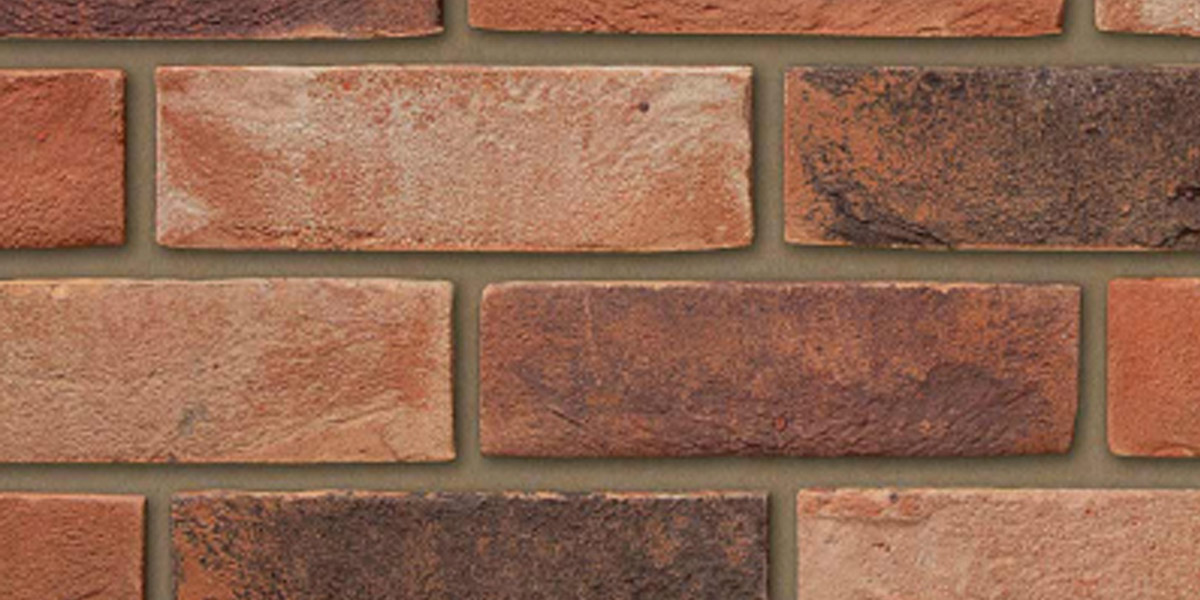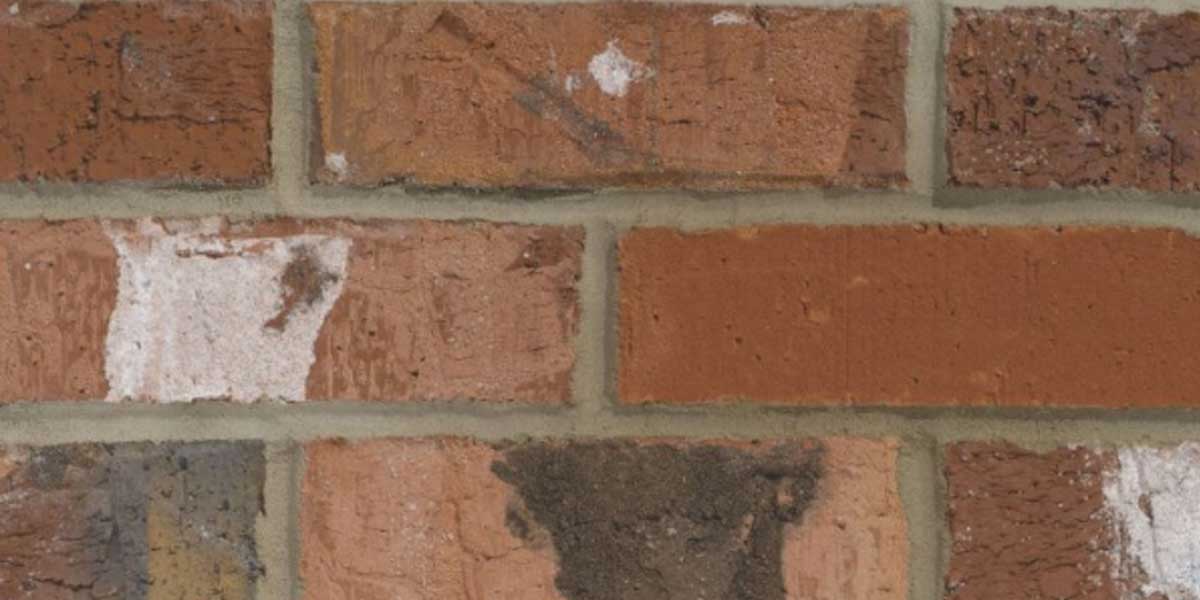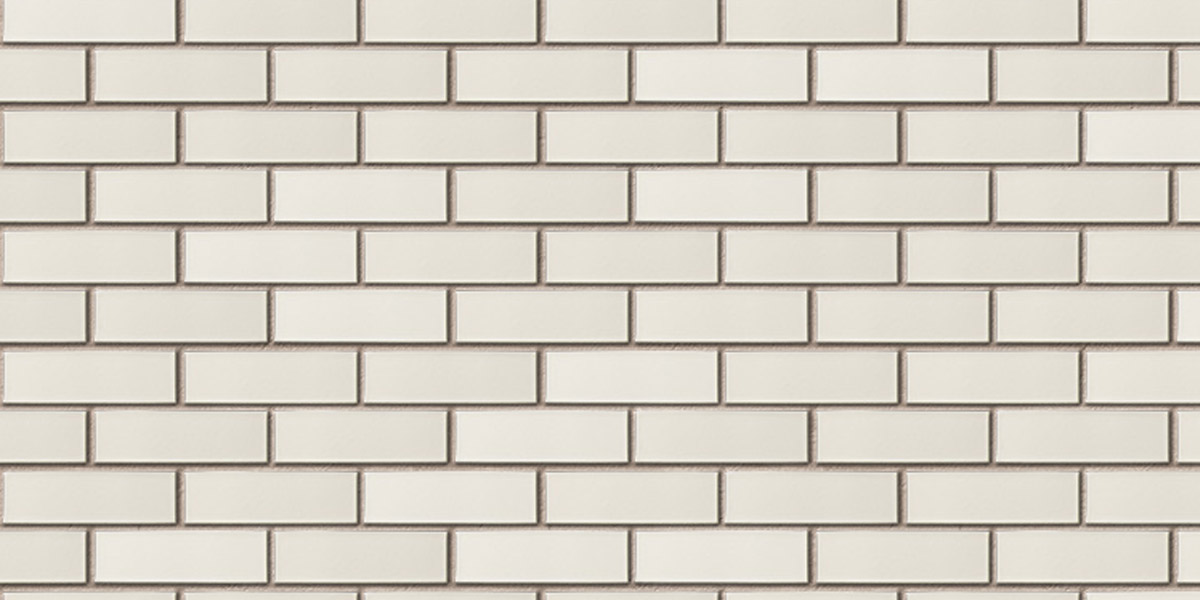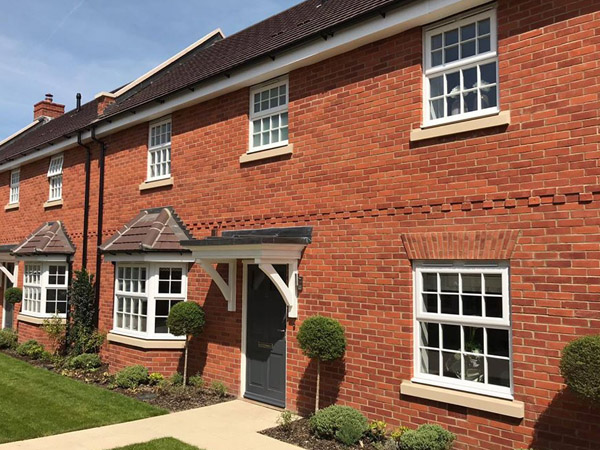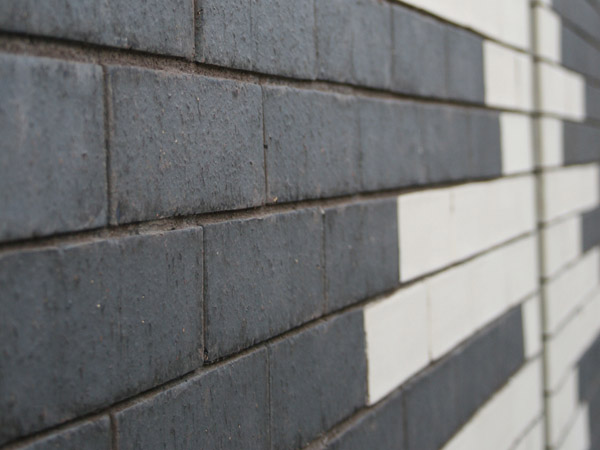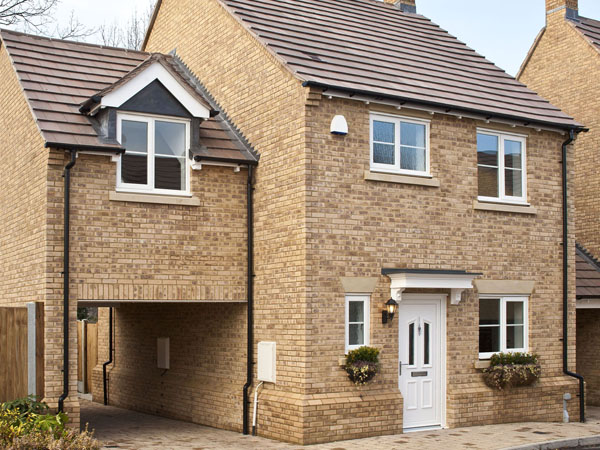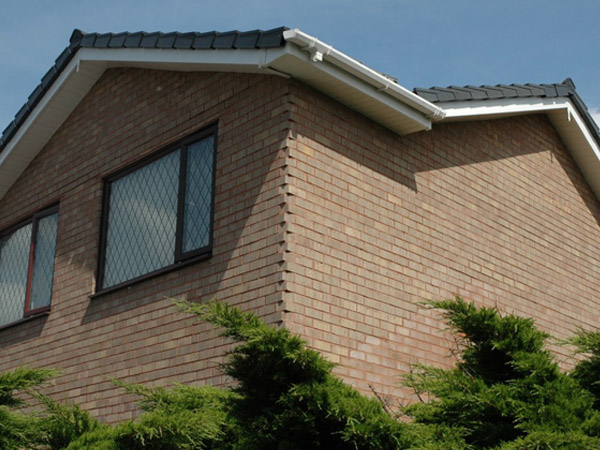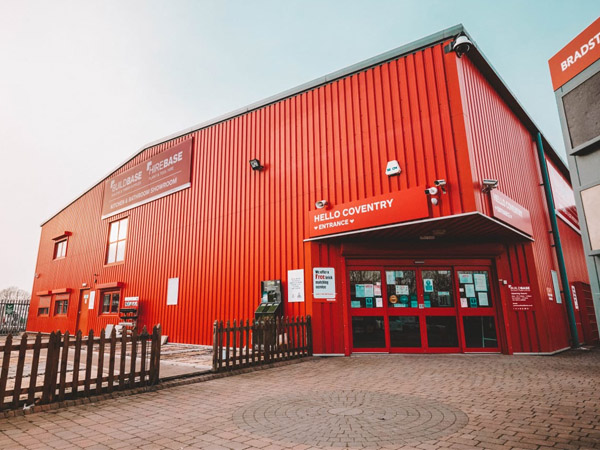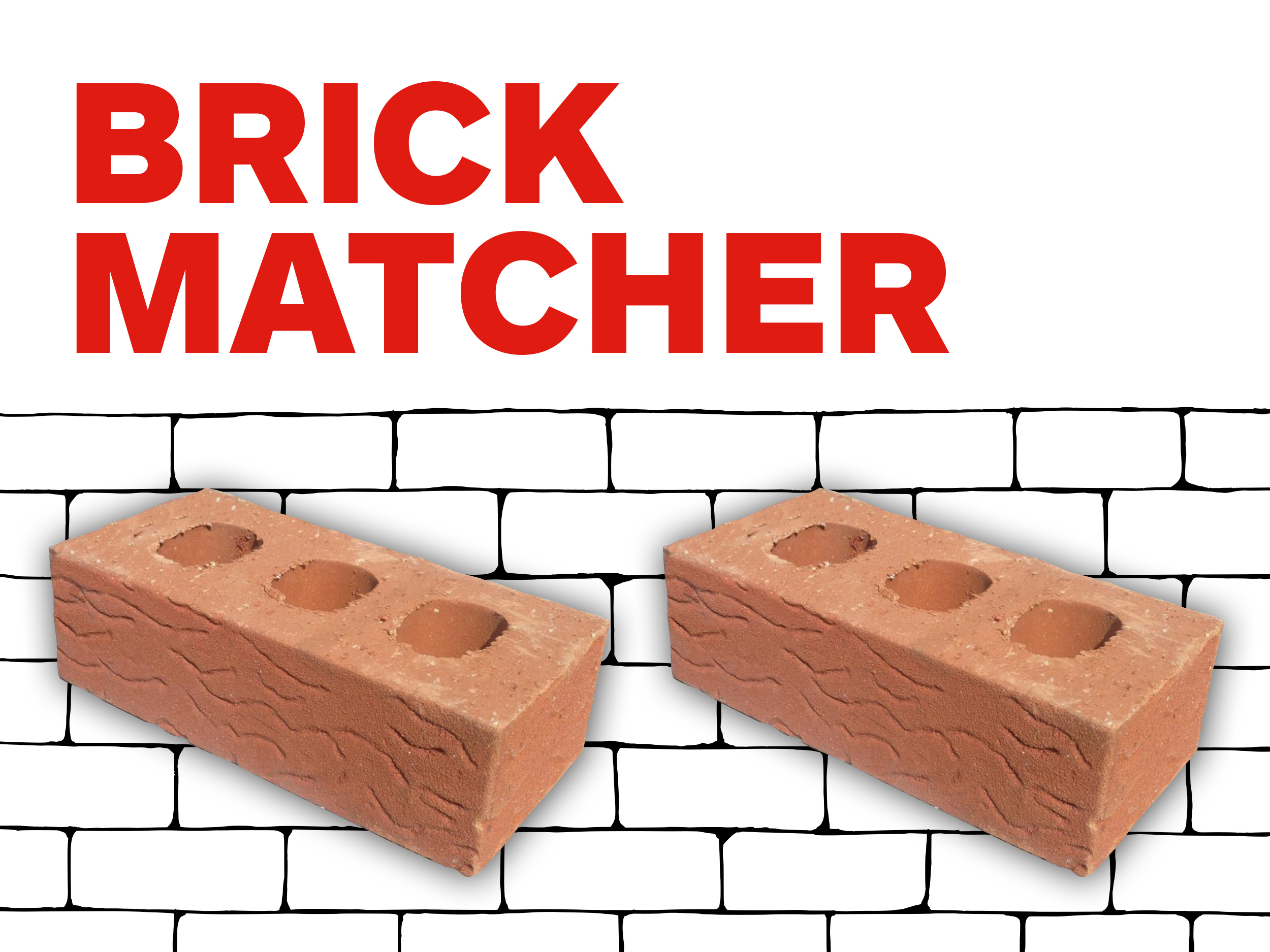Product Categories
- @Home Kitchens & Bathrooms
- About Us
- Branch Locator
- Brick Matcher
- Certifications & Insurance Documents
- Chain of Custody
- Civils & Lintels
- Company
- Constructionline Gold
- Contact Us
- Cookie Policy
- Customer Service
- Delivery Information
- Electricbase
- Environmental Policy
- Gender Pay Gap Report
- Hirebase
- Human Trafficking and Modern Slavery Statement
- Huws Gray Careers
- Huws Gray Group
- Huws Gray Supply Chain Solutions
- Ideas and Advice
- Information
- Lloyd Worrall
- Manage Cookies
- NDI
- Online Orders FAQs
- Open an Account
- PDM
- Privacy Policy
- Register Online
- Returns Policy
- Sitemap
- Statutory Accounts
- Tax Strategy
- Terms and Conditions
- The Timber Group
- Timber Engineering
- Tool Centre



